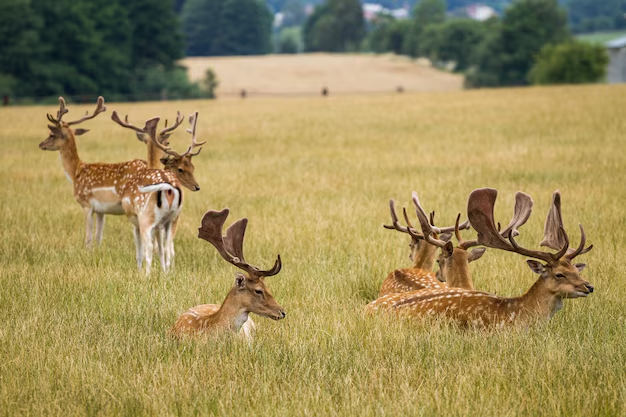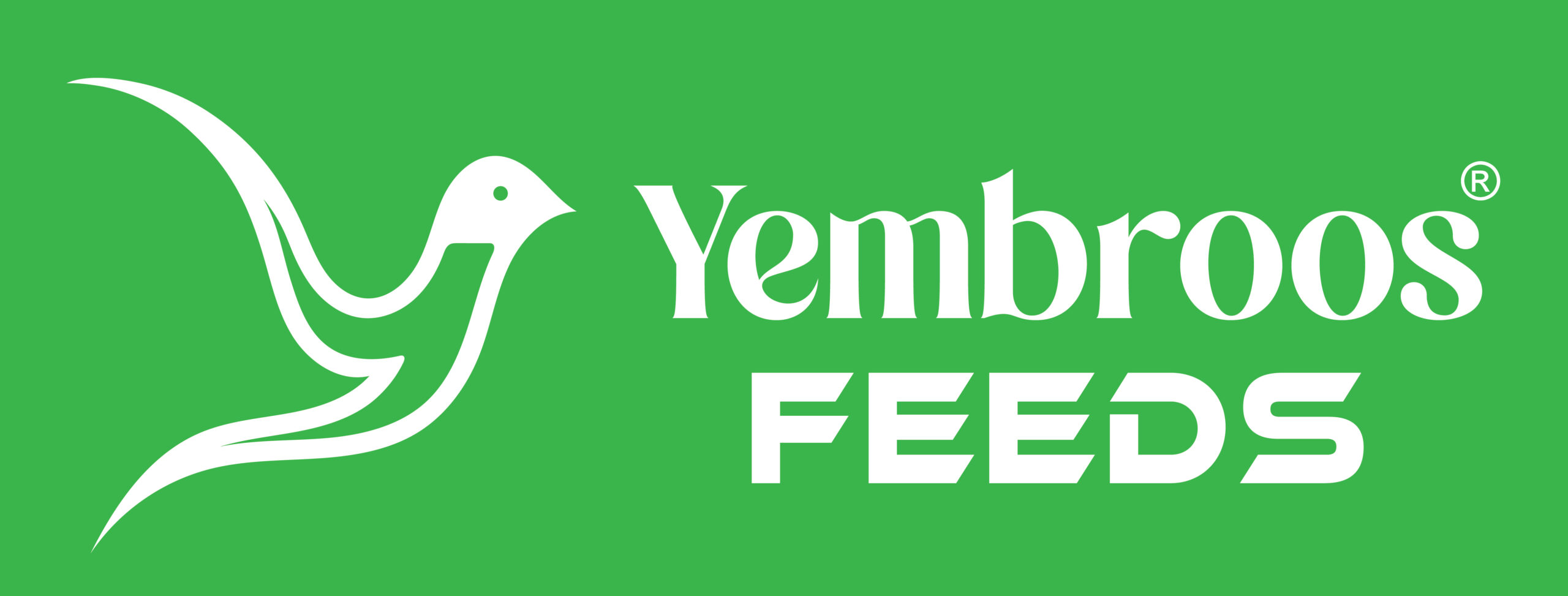
Yembroos Animal Feeds India Private Limited is a leading Deer Feed Manufacturer, Deer Feed Exporter, Deer Feed Supplier, Deer Feed Distributor, Deer Feed Vendor, Deer Feed Company and Deer Feed Producer located in Thrissur District of Kerala.
Our widest and high-precision deer nutrition product range defines us as one of the most renowned Deer Feed Manufacturers, Deer Feed Exporters, Deer Feed Suppliers, Deer Feed Distributors, Deer Feed Vendors, Deer Feed Companies and Deer Feed Producers of India, supplying both domestic and international deer farms, wildlife parks, safari parks and animal breeding facilities with advanced deer nutrition technology.
We offer a complete Deer Nutrition Solution for commercial and small-scale Deer Farms, wherein there is no need for additional input of Deer Supplements in the form of Deer Nutrition Additives or Feed Supplements. Our deer feed formulations are scientifically engineered to support optimum growth rate, healthy body conditioning, antler development, reproductive performance, immunity and muscle development.
In the Deer Feed segment we produce:
• Deer Calf Starter Feed
• Deer Calf Grower Feed
• Deer Calf Finisher Feed
• Breeding Deer Feed
• Milking / Lactating Deer Feed
• Deer Concentrate Feed
• Deer Weight Gain Feed
• Deer Antler Growth Feed
• Deer Farm Feed
• Wild Deer Feeding Formula
• Deer Performance Feed
• Deer Pelleted Feed
Our wide range of Deer Feed products is formulated using advanced Deer Nutrition and Large Ruminant Nutrition Technology, ensuring improved Feed Conversion Ratio (FCR), stronger rumen/multi-stomach activity, enhanced immunity, improved fertility rates, accelerated antler growth, and excellent body mass development for commercial meat and breeding purposes.
Our cutting-edge formulations include balanced Energy, Protein, Fiber, Amino Acids, Macro & Micro Minerals, Vitamins, Yeast Culture, Antioxidants, Immunity Boosters and Metabolic Enhancers to maximize feed efficiency and performance while maintaining excellent animal health.
For more details visit: https://yembroos.com/dairy-livestock-feeds/#deer-feed-introduction
